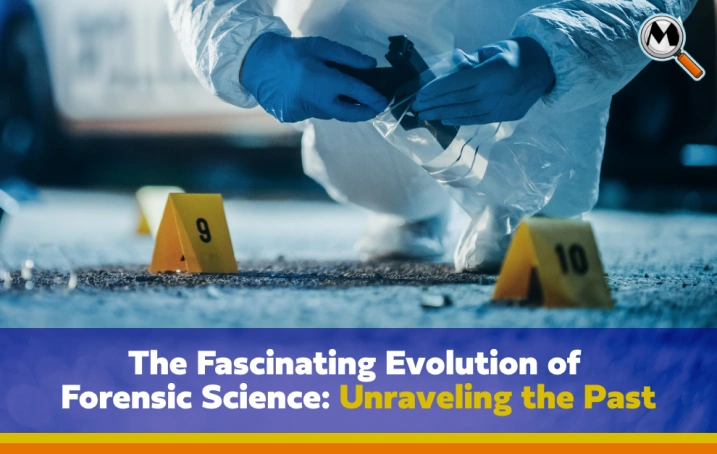Forensic science has long captured our collective imagination, and its evolution over the years is a testament to human ingenuity in solving complex crimes. To understand the remarkable journey of forensic science, we must travel back in time to explore the early methods used in the Federal Crime Lab and the pivotal role of hematology in cracking cases.
The Birth of Forensic Science
The history of forensic science is a tale of progress and innovation. It all began in the late 19th century when the concept of a dedicated Federal Crime Lab was still in its infancy. During this era, forensic science was rudimentary at best. However, necessity became the mother of invention as authorities recognized the need to develop more scientific and systematic methods for solving crimes.
Forensic Science in the Early Days
Early forensic scientists faced a multitude of challenges as they began applying scientific principles to crime investigations. The Federal Crime Lab, established under the guidance of J. Edgar Hoover, was instrumental in pioneering new techniques. One of the first and most important areas they explored was hematology.
The Role of Hematology
Hematology, the study of blood and blood-related disorders, emerged as a critical tool in solving crimes. Its applications were multifaceted, with several techniques that changed the landscape of forensic investigations:
- Blood Typing: The ABO blood group system, discovered by Karl Landsteiner in the early 20th century, allowed forensic experts to distinguish between different blood types. This was invaluable in linking suspects to crime scenes or victims.
- Bloodstain Pattern Analysis: Analyzing the patterns of blood spatter at crime scenes became an essential aspect of forensic science. By interpreting these patterns, investigators could gain insights into how a crime transpired.
- Serology: This branch of hematology focused on identifying various components of blood, such as serum and antigens, which proved crucial in determining a suspect's involvement in a crime.
Evolution of Forensic Science
As the Federal Crime Lab continued to expand its horizons, forensic science evolved rapidly. Techniques became more sophisticated, combining the principles of biology, chemistry, and physics. DNA profiling emerged as a game-changer in the late 20th century, enabling unprecedented accuracy in identifying individuals.
Modern Forensic Science
Today, forensic science has reached astonishing heights. DNA analysis, often referred to as the genetic fingerprint of an individual, has revolutionized criminal investigations. It has exonerated the innocent and ensured the capture of the guilty with remarkable precision.
The Impact on Crime Solving
The history of forensic science is a testament to the enduring human pursuit of truth and justice. It has provided the legal system with an arsenal of tools to solve the most complex cases. Whether it's the evaluation of microscopic hair samples, ballistics testing, or digital forensics, these methods have made it increasingly difficult for criminals to escape the long arm of the law.
The Ongoing Quest for Truth
The evolution of forensic science continues to this day. Advancements in technology, from AI-driven algorithms to innovative forensic chemistry, are on the horizon. These breakthroughs promise to make crime scene investigations even more precise and scientific.
As we delve into the rich history of forensic science and its evolution, one thing becomes clear: the pursuit of truth through science has the power to reshape the course of justice. It's a legacy that the Federal Crime Lab carries forward as they use every available tool to catch criminals and ensure that justice prevails.
Experience the Mystery of Murder Theory
Now, you can experience the intrigue and suspense of forensic investigations by attending the Murder Mystery Dinner Train show. Currently showing through November 19th, 2023, Murder Theory takes you into the world of the newly developed Federal Crime Lab, where advanced forensic techniques, including hematology, are put to the test to solve the chilling Seaboard Stabber killings. Join Dr. Liza Bathory, PJ Greene, and Madame Lenore on this thrilling ride of mystery, intrigue, and suspense. Don't miss this opportunity to witness the power of science in solving complex crimes. Book your tickets now for an unforgettable dining experience on the Murder Mystery Dinner Train.

